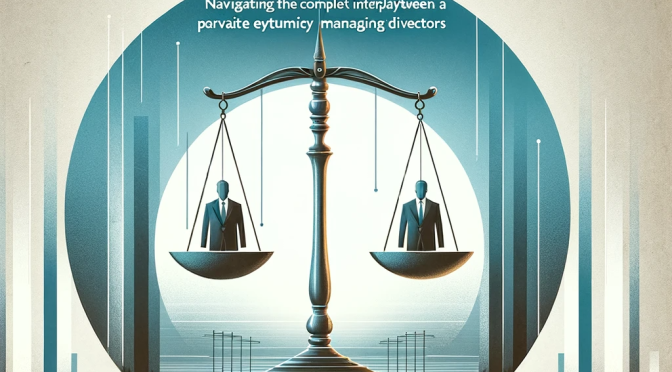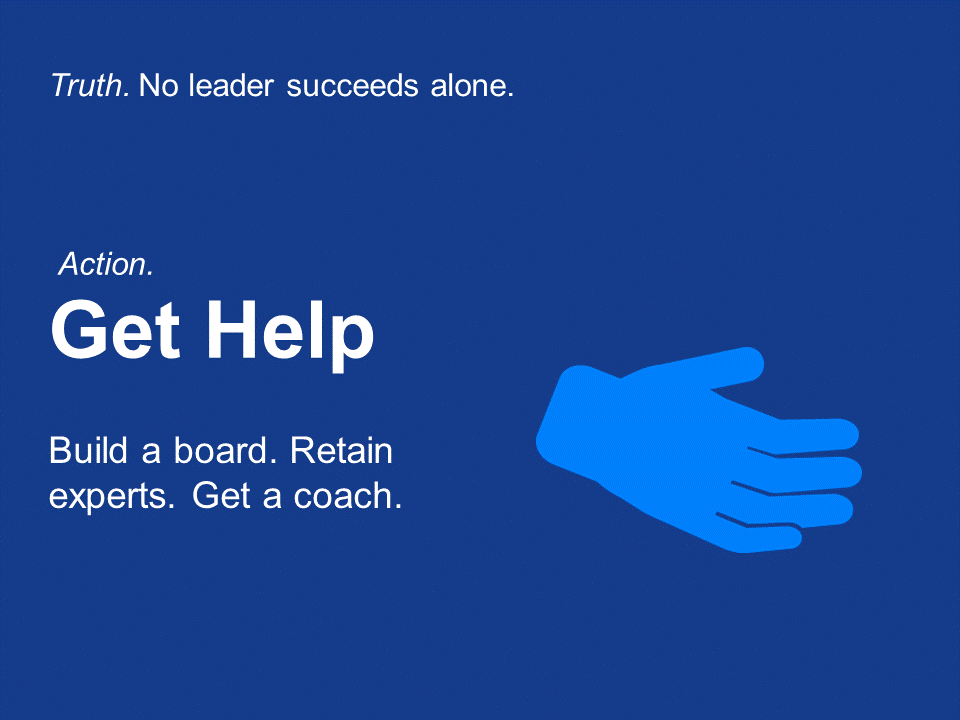CEOs often fall into the trap of orchestrating meetings with their Board of Directors to:
-
- Show how great they are and how well things are going (whether they really are or not!).
- Avoid leaving the meeting with more to do than when it started.
A great deal of value can be derived from working with a board, but it takes a concerted effort to build, cultivate, prepare for, and work with individual board members and the board as a whole for that potential to be realized. Efforts to build a high-performing board are well-spent.
Boards Are Not All The Same
Generally speaking, there are three distinctly different kinds of boards. Leaders often mix-up the three kinds which leads to confusion and poor performance. It is critical for a leader to be clear about what kind of board they are working with and to manage it accordingly.
Celebrity Board
A Celebrity Board is comprised of people who bring attention and prestige to the organization and who may, just by their presence, provide access to potentially valuable resources including money, customers, employees, partners, press, and prestige.
Board of Advisors
A Board of Advisors is a collection of individuals with directly relevant personal experience in something important that the organization is doing or dealing with. Advisors may have first-hand experience with the same problems the organization faces and offer valuable perspective and insight into best practices, benchmarks, and what will and will not work because they have previously done the same successfully themselves.
Advisory Board members generally each have specific experience, knowledge, and perspective that is often ideally tapped-into in a bi-lateral (i.e., one-on-one) interaction rather than in a group forum where each will struggle to deliver what they think they have been recruited to provide while also jockeying for position and esteem relative to others present.
See the Sample Advisory Board Charter for a way to set up an Advisory Board. The organization leader, or designee, regularly connects with each Advisory Board member to draw on their specific expertise in key situations. In addition, organization leaders meet with the Advisory Board as a group two to four times a year for three or so hours at a time.
For each Advisory Board meeting, organization leaders prepare background material on two or three of the most important things going on, along with specific questions the team is struggling with, that is sent to members two or so days ahead. Advisers read the background material, think critically, and develop a point of view to share. In the meeting, organization leaders talk through key points, field clarifying questions from advisers, and then draw out the best advice from each adviser in turn for each item.
It takes considerable time and effort for the leader to decide what are the most important topics to review in the meeting and to prepare advance materials. It is far easier for leaders to spend little time preparing and to talk extemporaneously off the top of their head in the meeting about what is going on in the organization.
While it is more efficient for the leader, it drives little to no value in the meeting as most of what is covered could have been provided ahead of time. The real problem, though, is that meetings used by leaders exclusively as a platform for briefing attendees, and not to make decisions or to take actions, will lead members to eventually choose to no longer attend meetings.
Accountability Board
The third type of board is an Accountability Board, or Board of Directors, or Governing Board, which has a three-pronged charter (see: Sample Accountability Board Charter) to:
-
- Provide a consistent point of accountability. I.e., where management puts before the board a plan and regularly reports on how things are going relative to plan.
-
- Help with individual and collective focus. I.e., what the organization, as a whole seeks to accomplish and how it is going, and what each leadership team member is assigned to accomplish and how it is going.
- Provide access to resources such as ideas, funding, customers, employees, best practices, training, partners, and perspective.
Accountability Board members are generally also invited to also attend and participate fully as Advisory Board members as they are likely experts as something relevant to the organization, but it is rare that expert advisors also happen to be qualified to serve as Accountability Board members.
Accountability Board Mechanics
Accountability Boards meet three or four times a year for a full session and once or twice a year to cover specific items that come up such as approving the annual financial plan before submitting to their bank.
Meetings cover the following standing items for the organization as a whole and for one to three key topics such as strategic initiatives or milestone events such as financing, acquisition, or sale:
- What management said it would do.
- What has been done.
- What happened.
- What has been learned.
- What is planned to be done next.
The CEO coordinates with the management team and the board chair to prepare and distribute advance materials for each item.
The organization’s overall fiscal health is the opening topic for every meeting. The financial model, financial plan, and performance projections are reported via the income statement, cash flow, and balance sheet. All three are kept in focus and assessed carefully relative to:
- Past performance
- Planned performance
- Peer performance
and set the context and tone for all other topics.
Advance material on financials summarize the status and highlight key issues. Unless there are major concerns, the financial review should take less than 20-minutes, leaving the lion’s share of time to discuss strategic initiatives and/or milestone events.
Board Chairperson and CEO
It is important for the board chairperson and CEO to facilitate the meeting so that:
-
- Points are made once and then move along. A common tendency is for board members to repeat points already made, adding a minor nuance, just to be heard and/or to look smart.
- Points are covered to the depth required to add significant value. Another tendency is for board members to “go deep” in areas of their personal strength to prove their worth but adding little value.
Each topic is opened for discussion by the CEO or assigned management team member. Board members ask clarifying questions and questions to push-up management thinking. To close discussion on an item, board members each offer their best advice and then move on to the next topic.
Members of the management team attend board meetings and listen carefully to what board members convey through their questions and comments without being the least bit defensive. The board chair works with the CEO to create and maintain a meeting environment in which it is safe for management to say what needs to be said and to be sure leaders hear what needs to be heard.
It is critical for the CEO and board chair to give individual and group coaching when discussions go off track or when participants talk past each other as often happens.
SEE ALSO
The Secret to Creating a Productive Private Company Board of Directors
How a PE Portfolio Company CEO worked with his board after a massive disruption
A proven Path to a Plan in the Wake of Massive Disruption
How to set up and use an Accountability Board
Leadership Support Framework
Director Compensation
Board of Directors FAQs
Guidelines for Interviewing and selecting board members




